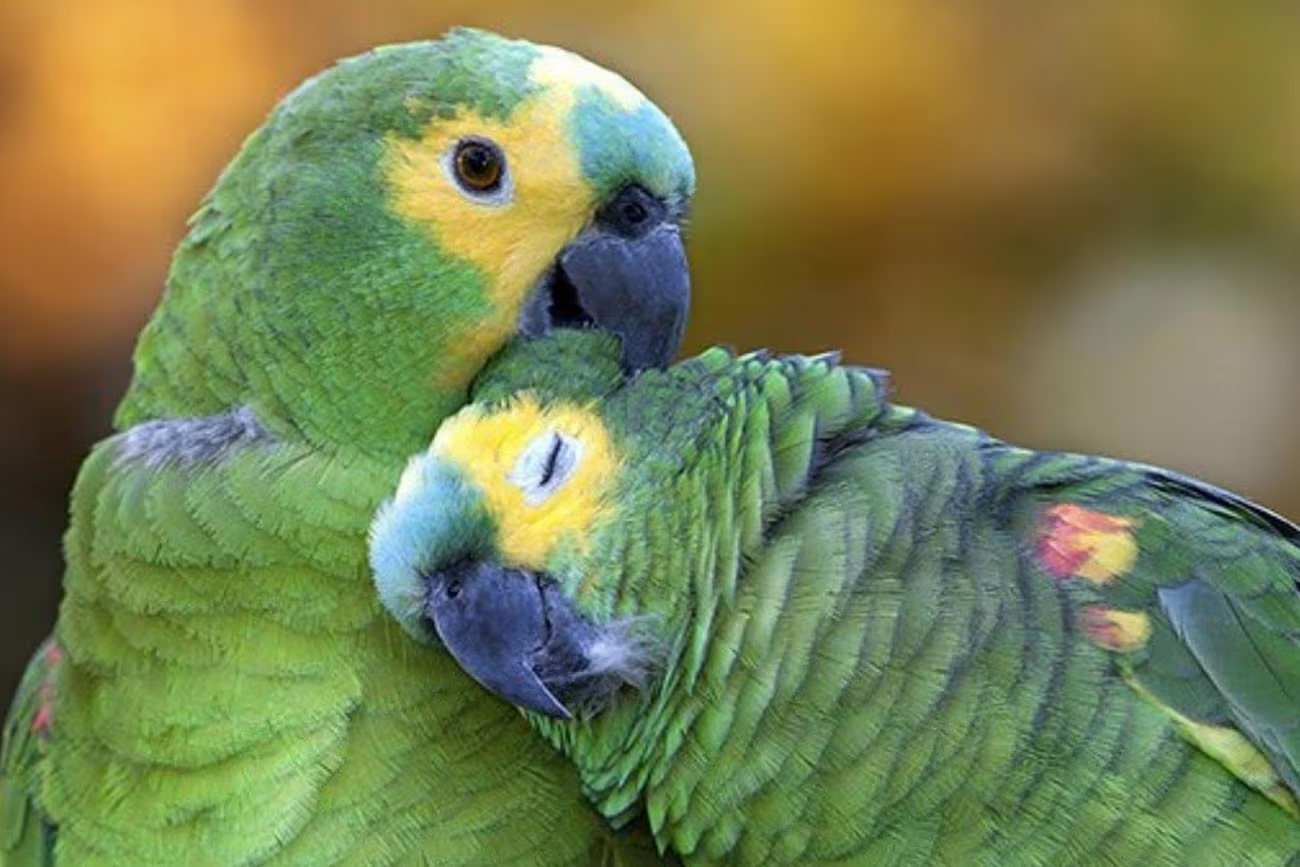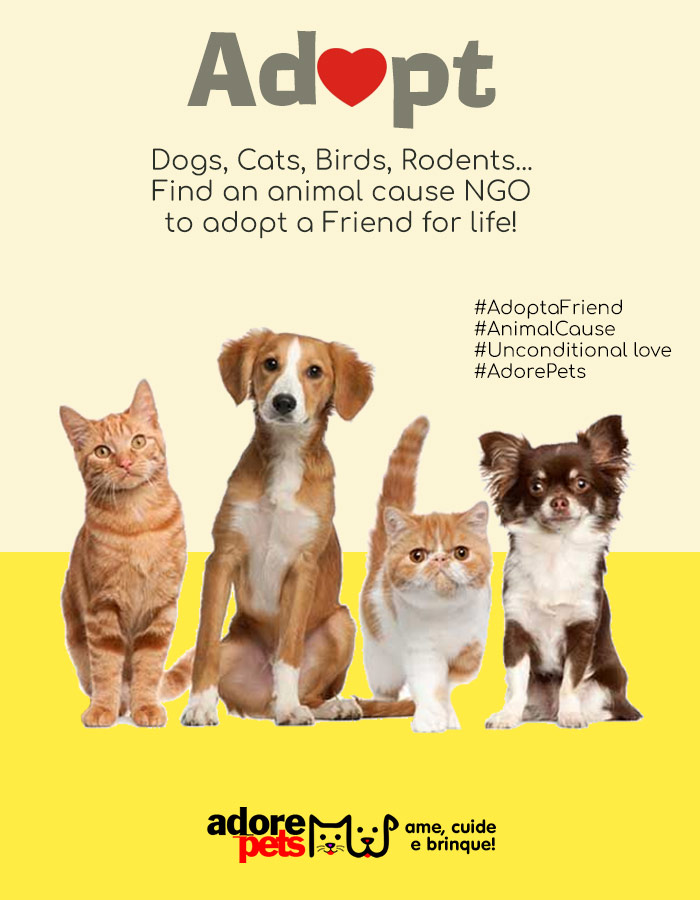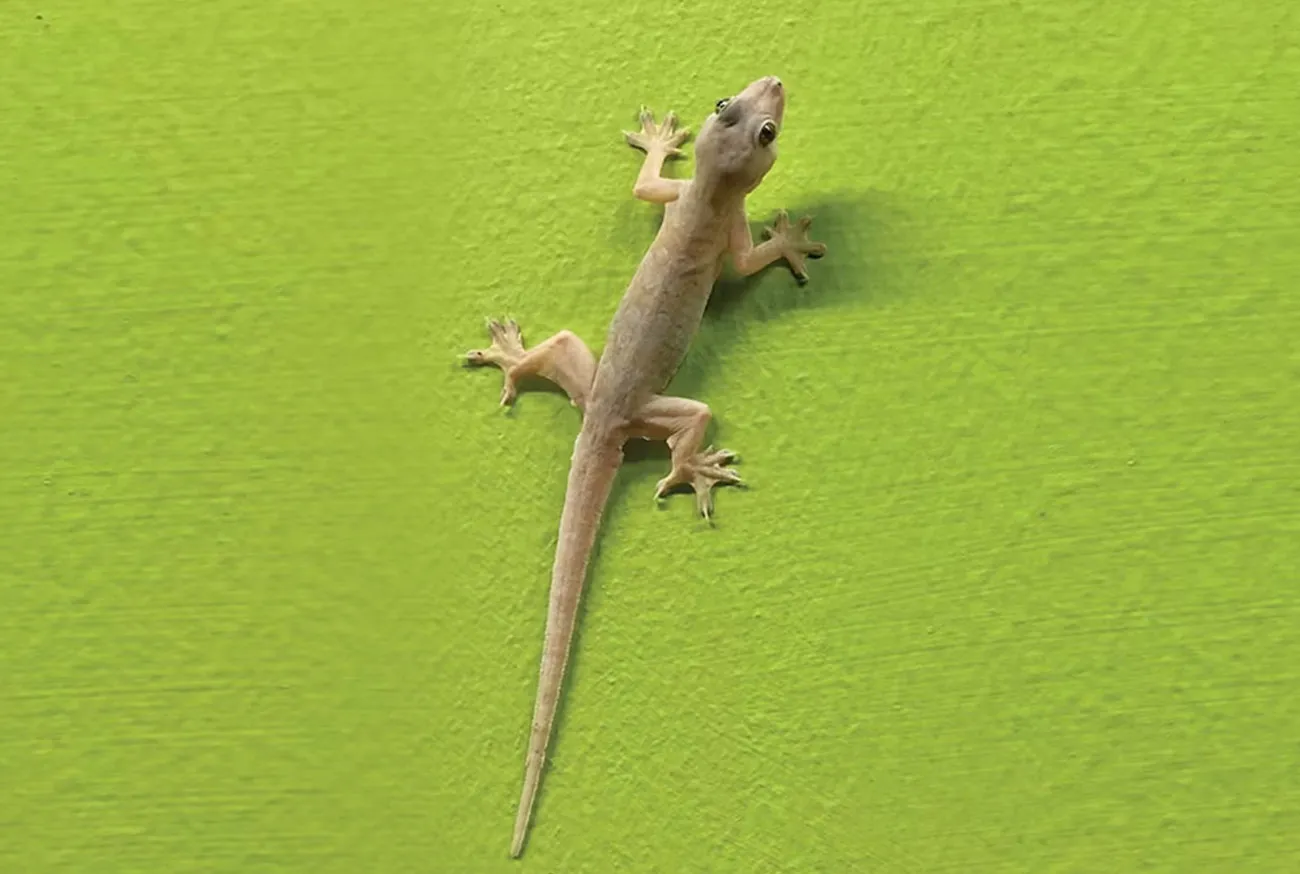In this article, we will explore everything from the unique characteristics of the True Parrot to practical tips for those who wish to care for this exotic pet. Whether you are thinking about getting your first pet or you are already passionate about animals, get ready to be enchanted and learn a lot about this bird that is full of personality and charisma.
What is the True Parrot?
The True Parrot is much more than a pet; it is a being with personality, intelligence, and a communication ability that surprises even the most experienced bird lovers. This bird stands out not only for its vibrant beauty but also for its curious and interactive behavior.
Striking physical characteristics
True parrots feature an exuberant plumage, with colors ranging from vibrant green to touches of blue, red, and yellow. Every feather tells a story, reflecting the diversity and richness of the natural environment from which they come. These colors not only please the eye but also play an important role in communication and group identification.
Intelligence and communication
One of the most notable characteristics is the intelligence of these animals. Parrots have the ability to learn words, mimic sounds, and even perform tricks. This ability to "talk" is not just a form of entertainment but also a means of social interaction that strengthens the bond with their caregivers. The capacity to learn and respond to commands is one of the reasons why many consider the parrot one of the most engaging and stimulating pets.
Behavior and sociability
In addition to their communication skills, the True Parrot is known for its affectionate and sociable behavior. These birds require constant interaction and mental stimulation, as they are curious by nature. Lack of attention can lead to undesirable behaviors, such as screaming or aggressiveness. Therefore, maintaining an environment rich in stimuli and interactions is essential for the parrot's well-being.
Surprising curiosities about this bird
The ability to mimic
Did you know that parrots can mimic sounds from their environment, including human voices, alarms, and even the doorbell? This ability is the result of a highly developed brain structure that allows them to process and reproduce sounds with great fidelity. This characteristic not only entertains their caregivers but also demonstrates the incredible adaptability of this species to both urban and rural environments.
Impressive memory
Studies show that parrots possess an exceptional memory, being able to remember words, commands, and even past interactions with their owners. This robust memory is one of the reasons why these animals are capable of forming deep and lasting bonds with humans, making them ideal companions for those looking for a pet that understands and responds to their emotions.
Diversity of species
The term True Parrot can refer to several species that share common characteristics but exhibit variations in size, color, and behavior. This diversity reflects the adaptation of these animals to different environments, from tropical forests to drier regions. Each species has its peculiarities, yet all share the essence of being intelligent and charismatic birds.
Role in culture and art
Over the centuries, parrots have inspired various artistic and cultural expressions. In many cultures, these birds symbolize freedom, joy, and creativity. They appear in stories, songs, and paintings, always representing a deep connection with nature and the world of colors. This striking presence in popular culture reinforces the importance of preserving these incredible beings.
Interaction with humans
One aspect that often surprises parrot owners is how these birds adapt to living with humans. Often, they develop an almost intuitive ability to understand the mood and needs of their caregivers, offering company, comfort, and even alerting them to dangerous situations. This interaction goes far beyond simple sound mimicry, revealing a surprising empathy.
Why is the parrot so special?
A companion for all occasions
Living with a parrot can transform your routine, bringing joy and challenges that stimulate both the animal and the caregiver. The unique personality of each parrot creates an affectionate bond that is rarely found in other pets. They are great for those looking for a friend who actively and participatively interacts in daily life.
Stimulus for creativity and learning
Having a parrot at home can be a true lesson in patience and creativity. Teaching words and tricks, creating interactive games, and even developing non-verbal communication methods are activities that promote cognitive development for both the animal and the caregiver. This constant exchange of learning makes the experience of caring for a parrot enriching and transformative.
Emotional and therapeutic value
Beyond all the physical and behavioral characteristics, the parrot has an invaluable emotional value. Many people find in this bird a source of comfort and therapy, especially in moments of loneliness or stress. The simple act of listening to the parrot "talk" can bring a sense of well-being and connection with nature, something that few other pets can offer.
Contribution to biodiversity
By adopting care and conservation practices, parrot caregivers not only provide a better life for their pets but also contribute to the preservation of biodiversity. Many parrot species are threatened by habitat loss and illegal trade. By becoming aware of these issues, it is possible to act responsibly and help in the conservation of these very special animals.
Conservation challenges and how to help
Threats to the natural habitat
Unfortunately, deforestation, uncontrolled urbanization, and illegal exploitation have seriously impacted the habitat of parrots. Many species are at risk of extinction due to the degradation of their natural environments. Every tree cut down and every forest destroyed reduces the vital space for these animals, compromising their survival.
Illegal animal trade
Illegal trade is another significant threat. Parrots are captured and sold as pets, often without proper care conditions and in stressful environments. This practice not only harms the health and well-being of the animals but also disrupts the natural ecosystem. Awareness and reporting of illegal activities are essential for protecting these birds.
What you can do to help
- Support conservation projects: Many organizations and institutions work to protect the natural habitats of parrots. Contributing through donations or volunteering in reforestation and wildlife monitoring projects can make a big difference.
- Report illegal trade: If you suspect illegal activities related to the trafficking of parrots, report them to the appropriate authorities. Each report can save lives and preserve biodiversity.
- Educate and raise awareness: Share information about the importance of parrot conservation. The more people know about the challenges these birds face, the greater the impact in the fight against illegal exploitation and habitat destruction.
Examples of successful initiatives
In various regions of Brazil and around the world, conservation initiatives have shown positive results. Projects that involve local communities, researchers, and government agencies manage to create protected areas and promote reforestation. These actions not only help in preserving parrots but also restore ecological balance and improve the quality of life for human populations that depend on these environments.

Tips for those who love birds and exotic pets
Choosing the ideal parrot
Before adopting a parrot, it is essential to get informed and plan. Each species has its specific needs, both in terms of space and daily care. Look for responsible breeders or shelters and always check the animal’s origin to ensure that it comes from a legal and ethical environment.
Creating a suitable environment for your pet
Creating an environment that stimulates the parrot is essential for its well-being. Here are some practical tips:
- Spacious and safe area: Ensure that the cage or aviary has enough space for the bird to move freely. Interaction with toys, perches, and climbing structures helps maintain the parrot’s physical and mental health.
- Environmental enrichment: Introduce elements that stimulate the bird’s curiosity. Interactive toys, mirrors, and even music can help keep the animal engaged and happy.
- Balanced diet: A rich and varied diet is crucial to maintain the parrot’s vitality. Fruits, vegetables, seeds, and bird-specific feed should be part of the daily menu. The proper diet directly reflects the bird’s health and longevity.
Training and socialization
Training your parrot can be a fun and challenging experience. Use positive methods, such as reinforcement with treats and praise, to teach basic commands and tricks. Patience is key to success, as each parrot has its own learning pace. Socializing the animal by allowing it to interact with other pets and people is also essential for it to become a balanced and happy companion.
Veterinary care
Don’t forget to schedule regular visits with a veterinarian specialized in birds. Preventive exams, vaccinations, and parasite control are crucial to avoid health problems and ensure a long and healthy life for your parrot.
Establishing a routine
Creating a daily routine helps the parrot feel safe and calm. Set times for feeding, play, and rest, creating a structure that facilitates interaction and reduces the bird’s anxiety. Consistency in routine is one of the secrets to a happy and healthy pet.
Emotional and practical benefits of having a parrot
Deep emotional connection
Having a parrot at home means having a friend who, in a way, understands and reflects your emotions. These animals can sense changes in their caregivers’ moods and often reciprocate with a “conversation” or a gesture of affection. This emotional connection can be therapeutic, helping to relieve daily stress and anxiety.
Cognitive and social stimulation
Living with a parrot is not only fun—it also stimulates learning and creativity. Whether teaching new words or interacting playfully, the parrot becomes a partner that promotes cognitive and emotional development. This constant interaction can be especially beneficial for children and adults seeking new ways to express themselves and connect with nature.
A daily lesson in resilience
Watching a parrot face challenges, such as learning a new word or adapting to changes in its environment, can be inspiring. These birds demonstrate a remarkable resilience, showing that even in the face of adversity, it is possible to find creative ways to adapt and thrive. This daily lesson in overcoming and adaptation is something many caregivers carry into their personal and professional lives.
Transformation in lifestyle
Adopting a parrot can transform your routine and broaden your horizons. By dedicating yourself to caring for and interacting with this bird, many caregivers report a positive change in lifestyle—from adopting healthier habits to developing a greater sensitivity toward nature and the environment. Having a parrot at home is, in a way, an invitation to a more conscious and balanced life.
Impact of conservation for the future
Preservation of biodiversity
Every action aimed at preserving parrots has a direct impact on the planet’s biodiversity. Keeping these birds protected ensures that future generations can appreciate the natural richness and beauty of our forests and habitats. Preservation is not just about saving a species but about maintaining the ecological balance of an entire ecosystem.
Environmental education and awareness
Conservation initiatives often involve educational programs that help raise public awareness about the importance of protecting animals and their habitats. By sharing information and experiences about the True Parrot, you not only become a more informed caregiver but also contribute to a community more engaged in the fight for environmental preservation. Educating is transforming the future!
Partnerships and community engagement
Many conservation organizations and projects depend on community engagement. Whether through donations, volunteering, or sharing information, every contribution helps create a support network for protecting parrots and other threatened animals. Together, we can make a difference and ensure that these charming birds continue to color our world.
Understand that...
The True Parrot is not just a talking and colorful bird—it represents the perfect union of beauty, intelligence, and the ability to deeply connect with humans. From its vibrant colors to its surprising ability to mimic sounds, every detail of this bird reveals a universe full of curiosities, challenges, and, above all, a great love for life.
If you are looking for a pet that brings joy, stimulates your creativity, and enriches your routine with moments of pure connection, the True Parrot might be exactly what you need. Remember: caring for an exotic pet requires commitment, responsibility, and above all, a passion for nature. By choosing to adopt a parrot, you become part of a movement that values and preserves biodiversity, contributing to a more harmonious and sustainable world.
Be sure to share this article on your social media, comment on your experiences with parrots, and explore other Adore Pets content. Every action counts in creating a more informed and animal-loving community. Join us on this journey of discovery and care—the world of parrots is waiting for you!

















Add comment